Understanding the Optimal pH and TDS Levels in Drinking Water
2023-09-08
Water is an essential resource for sustaining life, and its quality plays a crucial role in maintaining our health and well-being. Two key parameters that determine the suitability of drinking water are pH and Total Dissolved Solids (TDS) levels.
We will explore the importance of maintaining the right pH and TDS
levels in drinking water and their impact on human health.
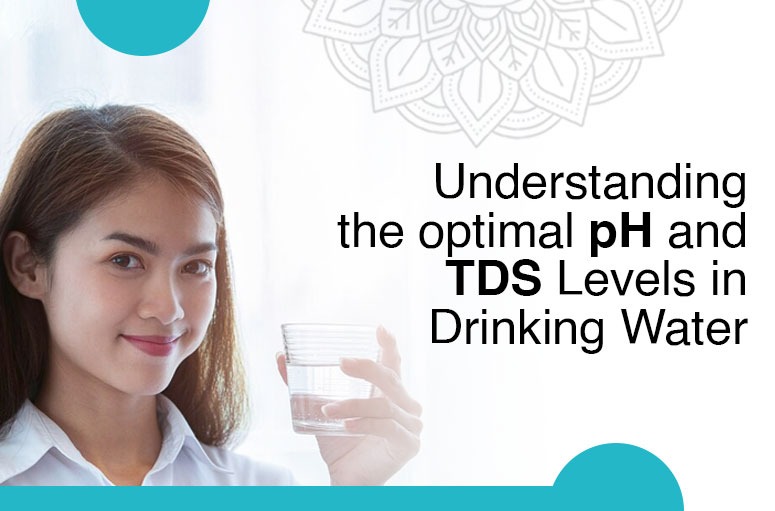
The Significance of pH in Drinking Water
The pH level of water indicates its acidity or alkalinity on a scale of 0 to 14. A pH of 7 is considered neutral, values below 7 are acidic, and values above 7 are alkaline. The World Health Organization (WHO) recommends that the ideal pH range for drinking water should be between 6.5 and 8.5.
Maintaining the appropriate pH level is vital for several reasons:
- Taste and Aesthetic Appeal: Water with a balanced pH level tastes better and is more appealing to drink.
- Nutrient Absorption: Proper pH levels in water aid in the absorption of essential minerals like Calcium, Magnesium, and Potassium.
- Preventing Corrosion: Water with low pH levels can be corrosive and may lead to the leaching of toxic metals from pipes and plumbing fixtures.
- Minimising Health Risks: Acidic water can irritate the gastrointestinal system, potentially causing stomach upset and other health issues.
The Role of TDS in Drinking Water
TDS refers to the total concentration of dissolved solids in water, including minerals, salts, and other organic compounds. It is measured in parts per million (ppm) or milligrams per litre (mg/L). The WHO suggests that the acceptable TDS level for drinking water should be below 500 ppm.
Reasons for maintaining the right TDS levels:
- Taste and Palatability: Water with moderate TDS levels tends to have a better taste and is more enjoyable to drink.
- Health Considerations: High TDS levels can indicate the presence of harmful contaminants, such as heavy metals or toxic substances, which may pose health risks.
- Impact on Water-Using Appliances: High TDS water can lead to scaling and mineral buildup in appliances like kettles, coffee makers, and water heaters.
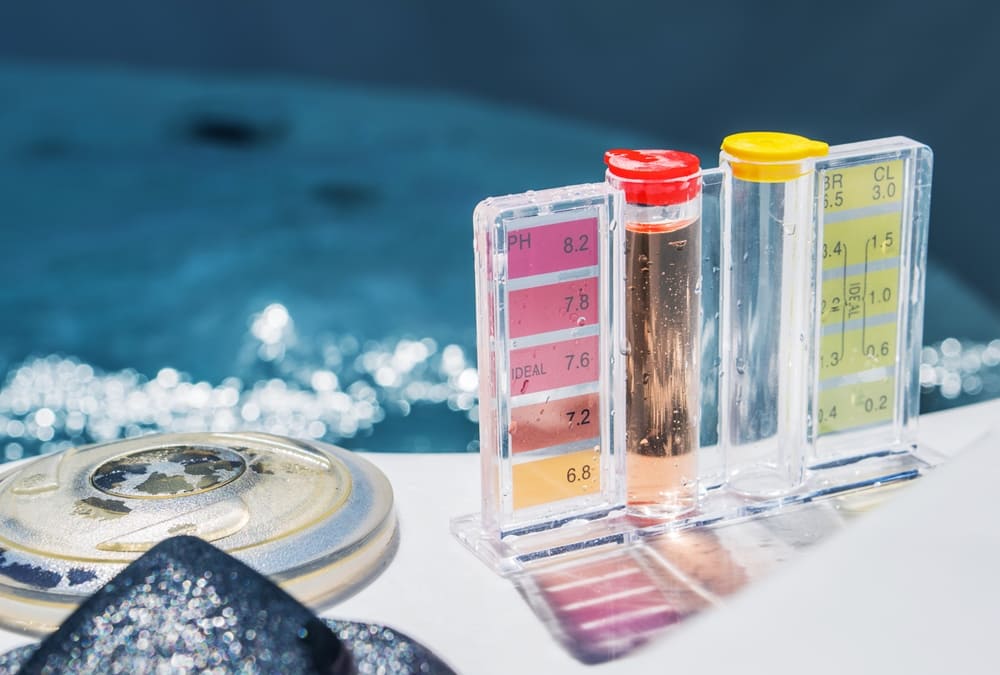
Balancing pH and TDS Levels
The pH and TDS levels in drinking water are interrelated. Water with the right pH level is not always guaranteed to have an optimal TDS level. Striking the right balance is crucial for safe and healthy drinking water.
TIPS FOR ACHIEVING BALANCED PH AND TDS LEVELS:
- Filtration: Investing in a reliable water filtration system can help eliminate impurities and adjust pH and TDS levels.
- Mineral Additives: Some commercially available mineral additives can help stabilise pH and improve the taste of water.
- Regular Testing: Regularly test your drinking water to monitor pH and TDS levels, especially if you rely on well water or have concerns about your water source.
- Professional Assistance: If you are unsure about your water quality or are experiencing issues, seek professional help from a water expert or a local water testing laboratory.
In conclusion, the pH and TDS levels of drinking water significantly impact its quality and suitability for consumption. However, water quality may vary depending on the source, location, and treatment methods. It is essential to be proactive in testing and treating your water to ensure it meets the recommended standards, providing you and your family with safe and refreshing drinking water for a healthy life.
Sources:-
https://cdn.who.int/media/docs/default-source/wash-documents/wash-chemicals/ph.pdf?sfvrsn=16b10656_4

The Role of Alkaline Water in Digestion: Why Switch to iLiv Alkaline Machine?
2025-01-06

How does Alkaline water help balance pH levels in the body?
2025-01-06
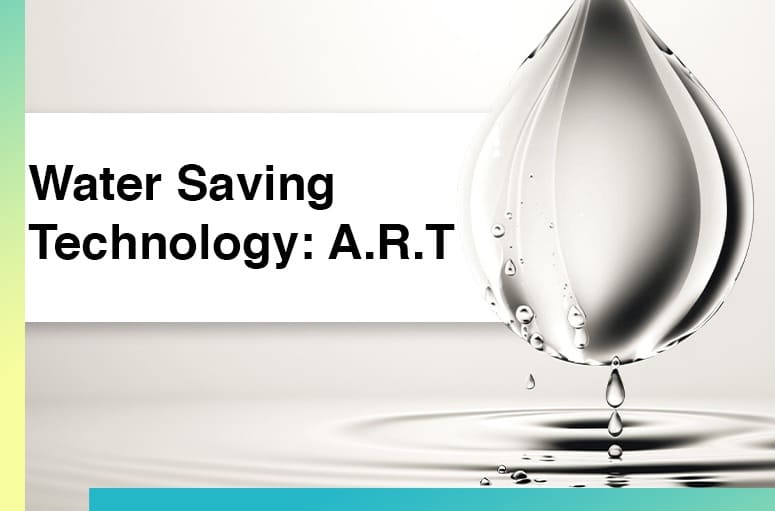
Water-Saving Technology: Aqua Reverse Technology (A.R.T)
2023-12-19

Should Athletes Drink Alkaline Water?
2023-12-19

What are the effects of hydrogen-alkaline water on your body?
2023-12-19
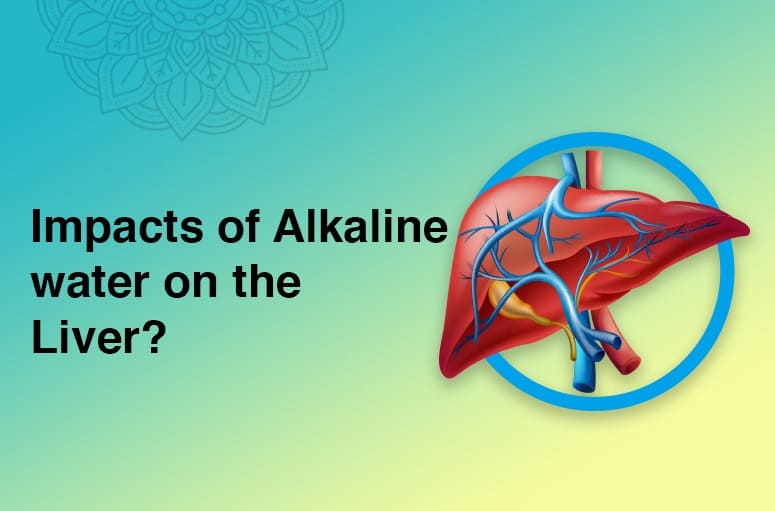
Impacts of Alkaline water on the Liver
2023-12-19
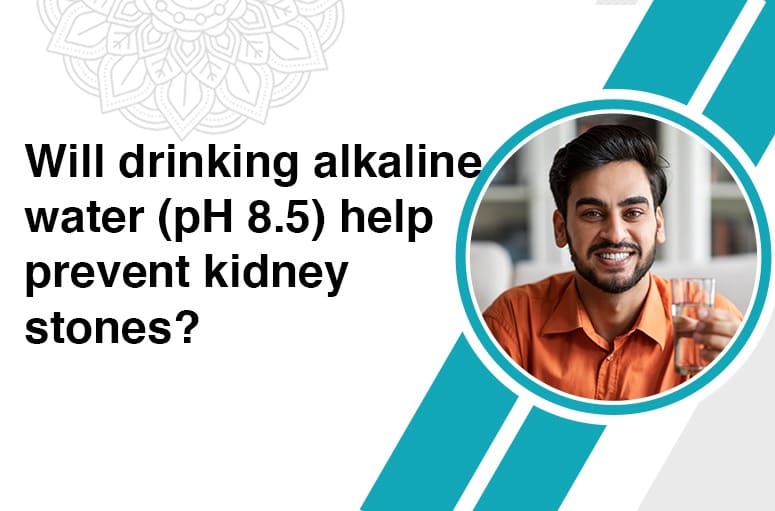
Will Alkaline Water (pH 8.5) help prevent kidney stones?
2023-12-19
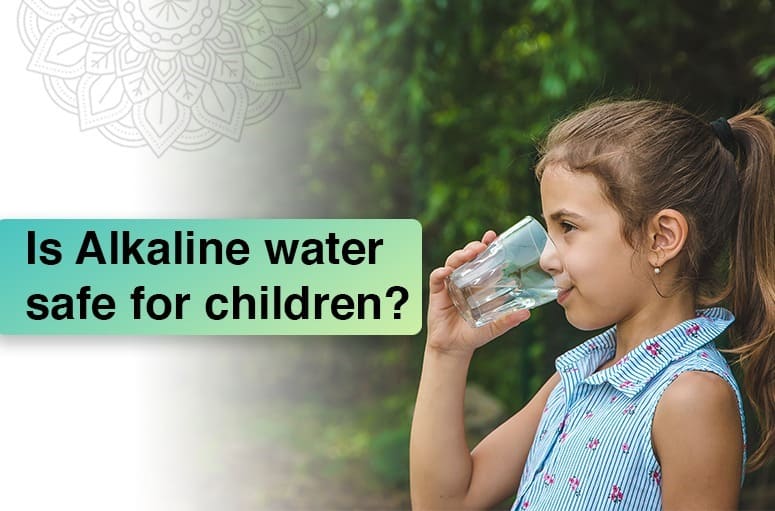
Is Alkaline Water Safe for Children?
2023-12-14
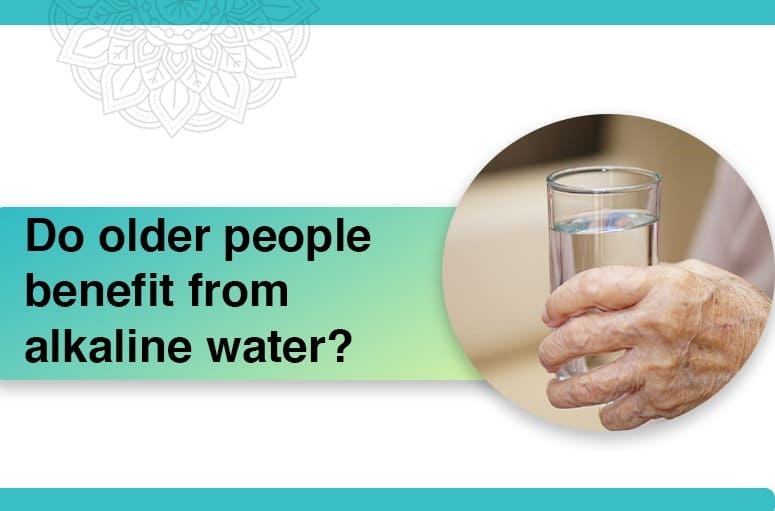
Do Older People Benefit from Alkaline Water?
2023-12-14
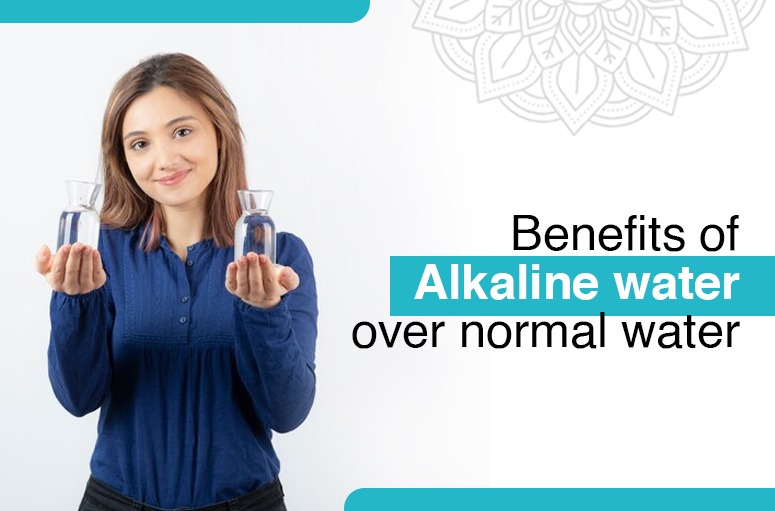
What benefits do we get from drinking alkaline water over normal water?
2023-12-11